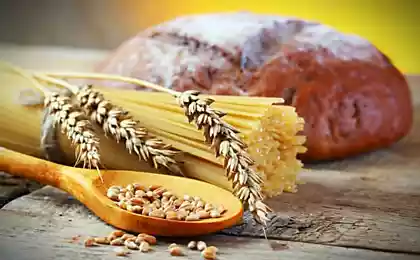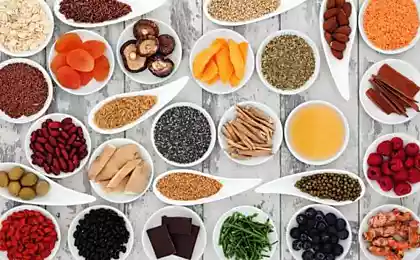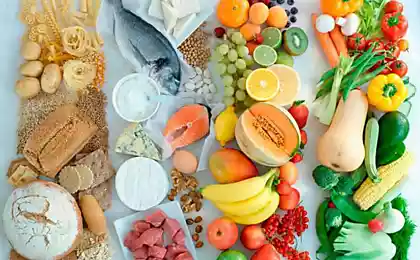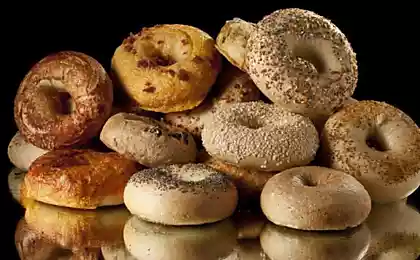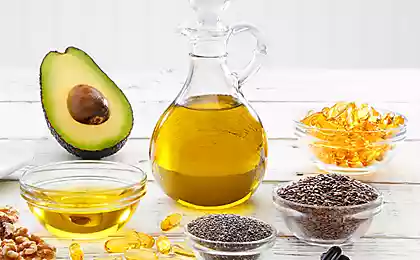137
How to distinguish harmful carbohydrates from useful
Carbohydrates today many consider the cause of excess weight and various diseases. At the same time, nutritionists remind that they are an indispensable source of energy for the body. Carbohydrates are necessary and important in the diet, but not all of them are equally useful.
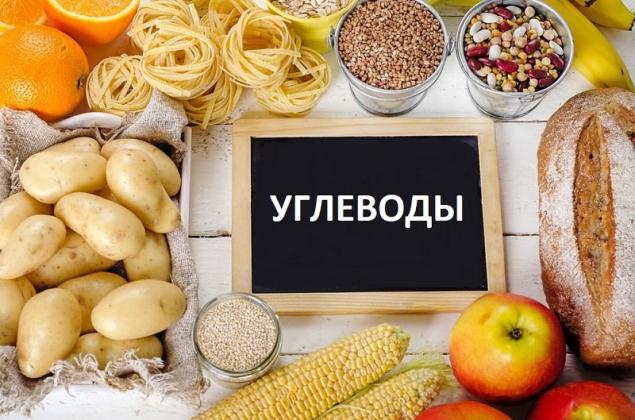
DepositPhotos
Carbohydrates in foods are usually divided into simple, or monosaccharides (“fast”) and complex, or polysaccharides (“slow”). To measure the rate of breakdown of foods containing carbohydrates, Professor David Jenkins from the University of Toronto introduced into use glycemic index (GI).
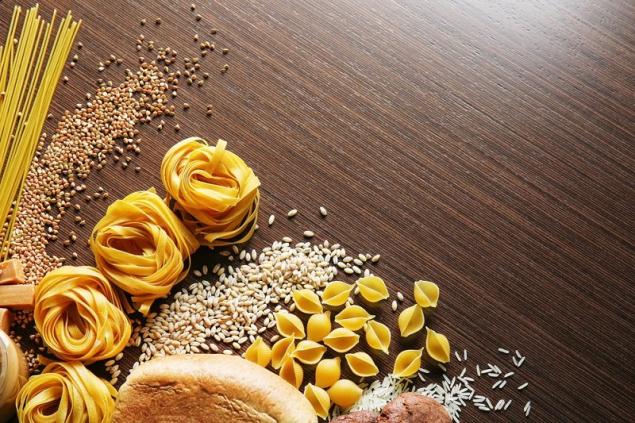
DepositPhotos
Complex carbohydrates with low GI, considered the most beneficial, give their energy to the body gradually, thus providing a stable and long-term feeling of satiety.
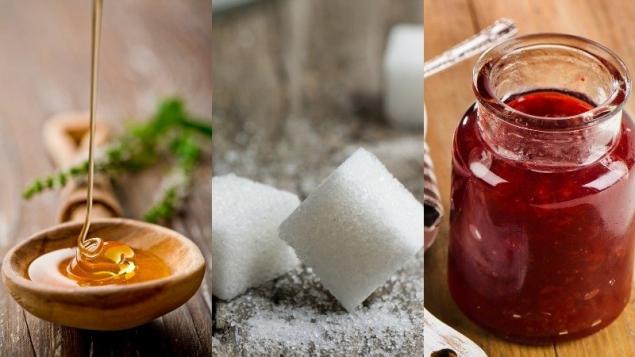
DepositPhotos
Simple carbohydrates (high GI) quickly increase blood sugar and contribute to the release of a large portion of insulin. As a result, energy is not stored in the form of glycogen in the liver and muscles, but is mostly converted into fatty deposits.

DepositPhotos
It is clear that it is better to eat more foods with a low glycemic index. This not only allows you to stay in great shape, but also reduces the risk of getting diabetes or “planting” the pancreas.
Products with a high glycemic index GI of pure glucose are taken as a basis and equal to 100. High GI (more than 70), usually in flour, starchy and sweet foods. Low (less than 50) in most fruits and vegetables.

DepositPhotos
But there are exceptions. High GIs have some foods that even healthy lifestyle fans find healthy and healthy. For example, pumpkin, muesli with nuts and raisins, carrots and watermelon.
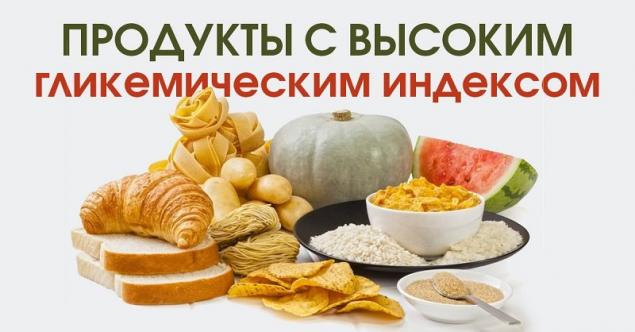
DepositPhotos
The GI of many foods can vary greatly depending on how they were prepared. For example, the GI of potatoes can range from 87 for boiled young potatoes to 111 for fries. Canned apricots have a GI of 91 and fresh ones have 35.
As it turned out, remembering a list of foods with high GI is not everything. More recently, a new and more informative way to assess the impact of carbohydrate consumption has been used.

DepositPhotos Glycemic load (GH) is the percentage of how much carbohydrates from food enters the circulatory system. One point on the glycemic load scale roughly corresponds to the consumption of one gram of glucose.

At the same time, the less GH, the lower the percentage of pure glucose is absorbed in the body and the better the digestive system works.
Interestingly, watermelon, which occupies a place in the list of products with a high glycemic index, gives a very small glycemic load. It does not contain a lot of carbohydrates, and in order to increase blood sugar, it will have to eat a lot of it.
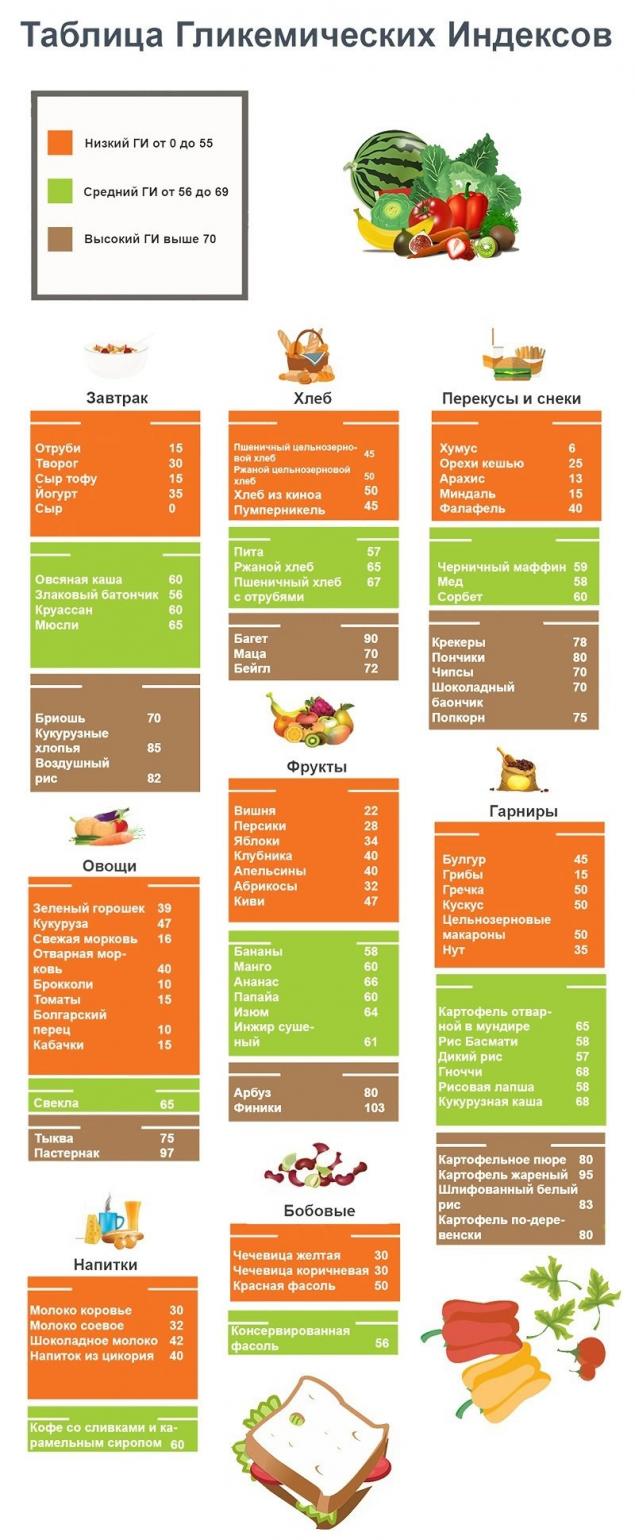
The glycemic index table before your eyes. Draw conclusions and choose those products, the use of which will not lead to weight gain and will not harm health.
When in the midst of a series of holidays, you want to pay special attention to how to maintain the health of the pancreas. After all, overeating in combination with alcohol intake can provoke a violation of the work of this important organ.
"Site" presents a list of foods that need to be included in your diet to maintain pancreatic health.
The Mediterranean diet is one of the most popular food systems in Europe. Its famous adherents are Penelope Cruz and Sophia Loren, whose culinary preferences we will tell in the final part of the article.

DepositPhotos
Carbohydrates in foods are usually divided into simple, or monosaccharides (“fast”) and complex, or polysaccharides (“slow”). To measure the rate of breakdown of foods containing carbohydrates, Professor David Jenkins from the University of Toronto introduced into use glycemic index (GI).

DepositPhotos
Complex carbohydrates with low GI, considered the most beneficial, give their energy to the body gradually, thus providing a stable and long-term feeling of satiety.

DepositPhotos
Simple carbohydrates (high GI) quickly increase blood sugar and contribute to the release of a large portion of insulin. As a result, energy is not stored in the form of glycogen in the liver and muscles, but is mostly converted into fatty deposits.

DepositPhotos
It is clear that it is better to eat more foods with a low glycemic index. This not only allows you to stay in great shape, but also reduces the risk of getting diabetes or “planting” the pancreas.
Products with a high glycemic index GI of pure glucose are taken as a basis and equal to 100. High GI (more than 70), usually in flour, starchy and sweet foods. Low (less than 50) in most fruits and vegetables.

DepositPhotos
But there are exceptions. High GIs have some foods that even healthy lifestyle fans find healthy and healthy. For example, pumpkin, muesli with nuts and raisins, carrots and watermelon.

DepositPhotos
The GI of many foods can vary greatly depending on how they were prepared. For example, the GI of potatoes can range from 87 for boiled young potatoes to 111 for fries. Canned apricots have a GI of 91 and fresh ones have 35.
- French fries - 111
- Beer - 110
- Dates - 103
- Pasternak - 97
- Buns - 95
- Fried potatoes - 95
- White (glutinous) rice - 85
- Carrots (boiled or stewed) - 85
- Unsweetened popcorn - 85
- Mashed potatoes - 83
- Muesli with nuts and raisins - 80
- Pumpkin - 75
- Watermelon - 75
- Rice porridge on milk - 75
- Psheno - 71
- Chocolate bar - 70
- Potato chips - 70
- White sugar - 70
- Monca - 70
As it turned out, remembering a list of foods with high GI is not everything. More recently, a new and more informative way to assess the impact of carbohydrate consumption has been used.

DepositPhotos Glycemic load (GH) is the percentage of how much carbohydrates from food enters the circulatory system. One point on the glycemic load scale roughly corresponds to the consumption of one gram of glucose.

At the same time, the less GH, the lower the percentage of pure glucose is absorbed in the body and the better the digestive system works.
Interestingly, watermelon, which occupies a place in the list of products with a high glycemic index, gives a very small glycemic load. It does not contain a lot of carbohydrates, and in order to increase blood sugar, it will have to eat a lot of it.

The glycemic index table before your eyes. Draw conclusions and choose those products, the use of which will not lead to weight gain and will not harm health.
When in the midst of a series of holidays, you want to pay special attention to how to maintain the health of the pancreas. After all, overeating in combination with alcohol intake can provoke a violation of the work of this important organ.
"Site" presents a list of foods that need to be included in your diet to maintain pancreatic health.
The Mediterranean diet is one of the most popular food systems in Europe. Its famous adherents are Penelope Cruz and Sophia Loren, whose culinary preferences we will tell in the final part of the article.




